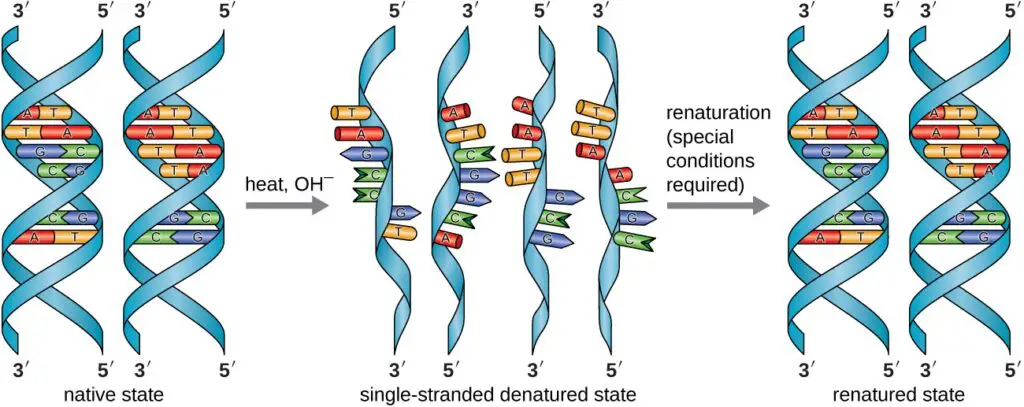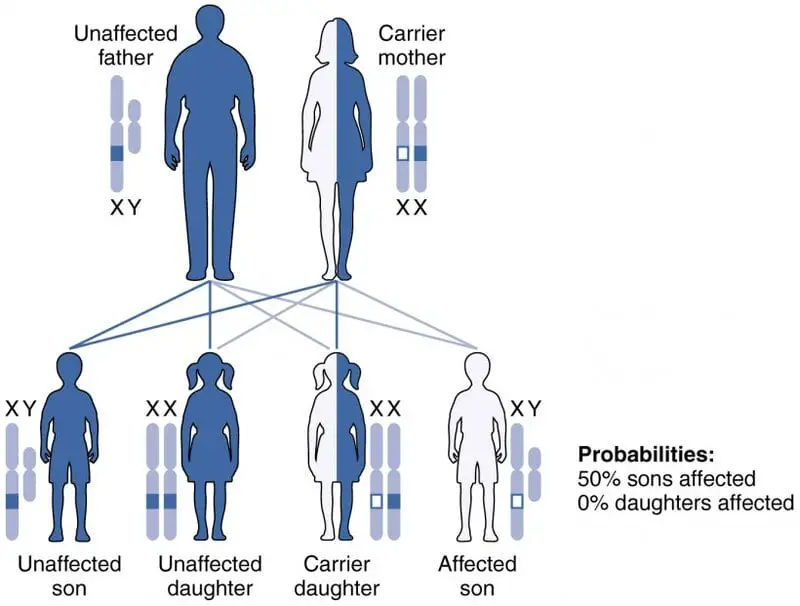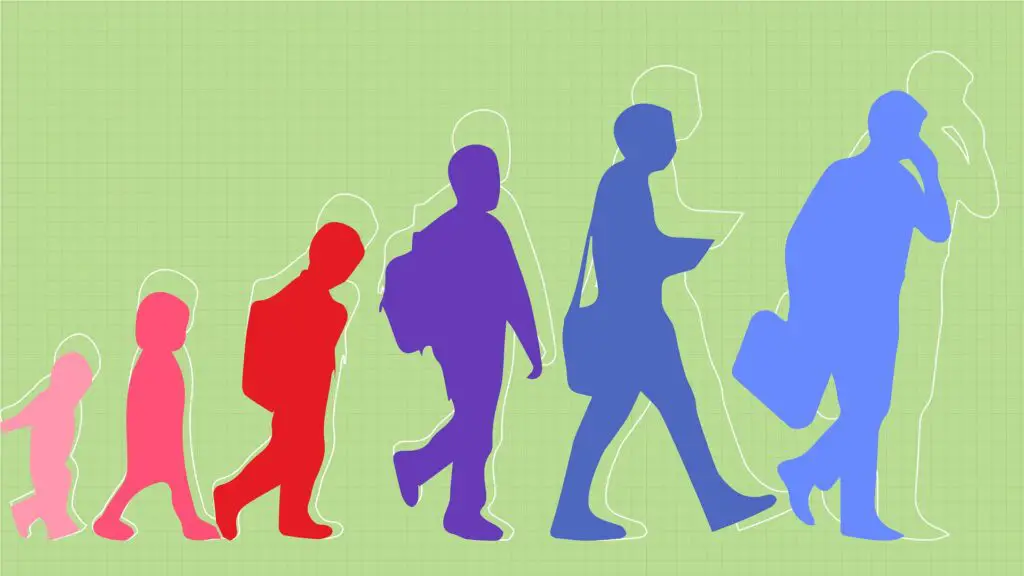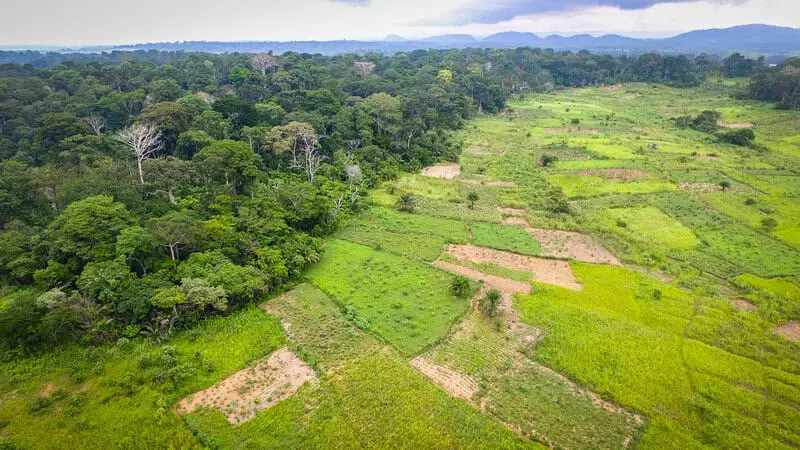The age-old debate of nature versus nurture has captivated scientists, philosophers, and the public for generations. Are we shaped more by our genetic blueprint or by the environments in which we grow? Twin studies have emerged as a powerful lens for examining this question, offering unique insights into how heredity and environment interact to influence our personalities, behaviors, and abilities. By comparing identical and fraternal twins, especially those raised apart, researchers are able to untangle the intricate threads that weave together our development.
1. Identical Twins Raised Apart: A Natural Experiment

Identical twins who are separated at birth and raised in different families provide a rare and powerful way to explore the influence of genes versus environment. These “natural experiments” allow researchers to observe how much of twins’ similarities and differences stem from shared DNA rather than upbringing. Findings often reveal remarkable parallels in personality, interests, and habits, highlighting the profound role genetics play—even when environments diverge dramatically. For more, see Scientific American.
2. TEDS: Measuring Heritability in Behavioral Traits

The Twins in Early Development Study (TEDS) is one of the world’s largest twin research projects, tracking thousands of twins from infancy through adulthood. Its findings reveal that, on average, about 50% of behavioral traits—including temperament, self-control, and social skills—are heritable. This means that genetics account for roughly half of the variation seen across individuals, underscoring the significant but not exclusive role of heredity in shaping behavior. Learn more at the TEDS Official Site.
3. The Minnesota Study of Twins Reared Apart

The Minnesota Study of Twins Reared Apart is a landmark research project that has followed identical twins who were separated at birth and raised in different families, as well as those raised together. By comparing these groups, the study has provided profound insights into the relative contributions of genetics and environment to human traits. Its findings consistently show strong genetic influences on intelligence, personality, and interests, while also highlighting the subtle yet meaningful role of unique life experiences. Read more at the APS Observer.
4. Personality Similarities Across Distances

Even when identical twins grow up in completely different environments, studies reveal they often share striking similarities in personality, interests, and even idiosyncratic quirks. These resemblances can include things like sense of humor, food preferences, and even life choices, surprising both scientists and families alike. Such findings provide powerful evidence of the enduring influence of genetics across diverse backgrounds. Explore more at BBC Future.
5. Heritability of Intelligence Increases with Age

Fascinating research from twin studies shows that the heritability of intelligence is not fixed but actually increases as we grow older. In infancy, genetic factors account for about 20% of differences in intelligence, but by adulthood, this influence can rise to as much as 80%. These findings suggest that as people mature, their cognitive abilities are increasingly shaped by genetic predispositions, possibly due to greater freedom to seek environments that fit their innate strengths. For more, visit Nature Reviews Genetics.
6. Nature and Nurture: Not a Competition

Modern psychology recognizes that nature and nurture are not opposing forces but deeply intertwined. Genetic predispositions can shape how individuals respond to their environments, while experiences can influence gene expression and development. This dynamic interplay means that both heredity and upbringing work together in complex ways to form who we become. Discover more about this integrated perspective at Psychology Today.
7. Social Support: Genes Matter More Than Shared Environment

Twin research has revealed that genetics play a surprisingly strong role in shaping social support networks. Studies indicate that genes account for 43-75% of the variance in stable measures of social support, such as perceived emotional backing and relationship satisfaction. In contrast, shared family environment significantly influences only two out of six measured aspects of social support. This highlights the profound, and sometimes unexpected, impact of heritable factors on our social lives. For more details, see Frontiers in Psychology.
8. Epigenetics: Environment Shapes Gene Expression

Epigenetics explores how environmental influences—such as stress, diet, and exposure to toxins—can switch genes on or off without altering the underlying DNA sequence. These changes can significantly impact traits, health, and even risk for certain diseases, sometimes passing to future generations. This field demonstrates that while our genes provide a blueprint, our experiences and environments play an active role in shaping genetic expression. Learn more about this fascinating process at NIH Epigenomics.
9. Neuroplasticity: The Brain Adapts to Experience

Neuroplasticity refers to the brain’s remarkable ability to reorganize itself by forming new neural connections throughout life. Experiences such as learning, trauma, and even therapy can physically reshape brain structure and function, powerfully demonstrating how nurture influences development. This adaptability underscores the dynamic relationship between environment and biology in shaping who we are. Explore more about neuroplasticity at Harvard Medical School.
10. Child Development: Sleeping Patterns and Genetics

Research on twins reveals that sleeping patterns in children—including sleep duration and quality—are largely determined by genetics. While environmental factors such as bedtime routines and family schedules can influence these patterns, the underlying biological rhythms are primarily heritable. This highlights how innate tendencies set the stage for sleep habits, though parents and caregivers can still shape outcomes through supportive routines and interventions.
11. Temperament: 60% Heritable in Childhood

Studies of twins indicate that approximately 60% of temperament differences among children—such as shyness, emotional reactivity, and sociability—are attributable to genetic factors. The remaining variation is shaped by environmental influences, including parenting styles and life experiences. This balance helps explain why siblings can differ in personality, even within the same household. For more details, visit the APA.
12. Food Preferences: Nature and Nurture at Play

Our food preferences are shaped by a combination of genetic and environmental factors. While genetics can predispose individuals to enjoy or avoid certain flavors—such as sweetness or bitterness—exposure, family habits, and cultural traditions play a significant role in expanding or limiting food choices. This interplay explains why taste can vary widely even among close relatives. Learn more at the Harvard T.H. Chan School.
13. Activity Levels: Genetics Set the Baseline

Studies of twins show that baseline activity levels—such as general energy and restlessness—are strongly influenced by genetics. However, environmental factors like family routines, school activities, and personal interests can modify these innate tendencies. This means that while genes provide a starting point, lifestyle choices can significantly shape how active a person becomes. Read more at the NIH.
14. Interventions Can Modify Genetic Predispositions

Targeted interventions—such as behavioral therapies, educational support, or enriched environments—can meaningfully modify or even override some genetic tendencies. For example, early intervention programs may help children develop social or cognitive skills, regardless of their genetic risk factors. This demonstrates that while genes influence development, proactive support and nurturing environments can foster positive outcomes. Learn more about effective interventions at the CDC Child Development resource.
15. ‘Nature Through Nurture’: The Contemporary Framework

Today’s developmental psychology embraces the idea of “nature through nurture” rather than “nature versus nurture.” This means that genetic expression is always embedded within environmental contexts, and the environment can influence when, how, or even if certain genes are activated. This integrated view reflects a growing recognition that development is a dynamic, ongoing process shaped by both biology and experience. For a deeper dive, visit NCBI Bookshelf.
16. Twin Studies: Comparing Identical and Fraternal Pairs

Twin studies are a cornerstone of behavioral genetics because they compare monozygotic (identical) twins, who share nearly all their DNA, with dizygotic (fraternal) twins, who share about half. By examining similarities and differences between these groups, researchers can estimate the relative influence of genetics and environment on various traits. This methodology helps isolate heritable factors from those shaped by upbringing. Explore more about twin study methods at Verywell Mind.
17. Adoption Studies: Untangling Genes and Environment

Adoption studies provide another valuable tool for understanding the interplay of genes and environment. By examining children raised by parents who are not their biological relatives, researchers can determine which traits are inherited and which are shaped by upbringing. Similarities with biological parents point to genetic influence, while resemblances to adoptive families highlight environmental effects. For a clear overview of this approach, see Simply Psychology.
18. Gene-Environment Interaction Studies

Gene-environment interaction studies examine how specific genetic variants influence the way individuals respond to environmental factors. This research reveals that the effect of genes on traits like intelligence, mental health, or risk for disease often depends on particular life experiences or exposures. Such studies highlight the complexity of human development and the necessity of considering both nature and nurture. Learn more at the NIH.
19. Heritability Varies by Trait

Not all traits are equally shaped by genetics. For example, height is highly heritable, with genes accounting for most differences among individuals. In contrast, traits like language acquisition rely much more on environment and learning opportunities. This variability underscores the need to consider each trait individually when discussing nature versus nurture. For more, see Nature Education.
20. Non-Shared Environment: Unique Experiences Matter

Research reveals that non-shared environmental factors—such as unique friendships, life events, or personal challenges—significantly influence personality and behavior, even among twins. These individual experiences help explain why siblings raised in the same home can grow into remarkably different adults. Non-shared environment is a crucial piece of the developmental puzzle, highlighting the unpredictable and personal side of nurture. Learn more at the National Library of Medicine.
21. Modern Consensus: Dynamic Interplay Over Lifespan

The prevailing view in psychology is that human development is shaped by a dynamic, lifelong interplay between genes and environment. This interaction begins before birth and continues through every stage of life, with each factor influencing and being influenced by the other. Development is not a fixed outcome, but a continuous, adaptive process shaped by both our biology and our experiences.
22. Environmental Influence: Early Childhood Matters

Early childhood experiences—including nutrition, caregiver interaction, and stimulation—play a critical role in shaping brain development and genetic expression. These foundational influences can have lasting effects on cognitive, emotional, and physical outcomes, setting the stage for lifelong health and learning. Research underscores the importance of nurturing environments during the earliest years. For more, explore Zero to Three.
23. Cultural and Societal Factors

Cultural and societal norms profoundly shape how genetic tendencies are expressed and developed. The values, expectations, and practices of a community can either reinforce or dampen certain behaviors, attitudes, and abilities, guiding individuals along different developmental paths. This interplay reveals that genetics alone cannot determine outcomes—our broader social context is equally influential in molding who we become.
24. Limitations of Twin and Adoption Studies

While twin and adoption studies have illuminated much about nature and nurture, they are not without limitations. Factors like unique adoption circumstances, selective placement, and the distinct experiences of twins may introduce biases. This can make it difficult to generalize findings to the broader population. Awareness of these challenges is crucial for accurately interpreting results. For more, see the National Library of Medicine.
25. The Future: Integrating Genetics, Psychology, and Social Science

The future of understanding human development lies in interdisciplinary research that seamlessly blends genetics, developmental psychology, and social science. This holistic approach recognizes that no single field can fully explain the complexity of human growth. By integrating biological, psychological, and environmental perspectives, researchers can uncover deeper insights into how we become who we are. For an exploration of cutting-edge advances, visit Scientific American.
26. Personality Disorders: Nature and Nurture Contributions

Research shows that personality disorders often arise from a combination of genetic vulnerability and early environmental experiences, such as childhood trauma or neglect. While certain genetic factors can increase susceptibility, early life stressors and family dynamics play a crucial role in triggering or shaping these disorders. Understanding both contributions is essential for effective prevention and treatment. More information can be found at the Mayo Clinic.
27. Mental Health: Genetic Risk and Environmental Triggers

Many mental health conditions—such as depression, anxiety, and schizophrenia—arise from a combination of genetic vulnerability and environmental factors. While inherited genes can create a predisposition, life experiences, stress, trauma, and social support often determine whether and how these conditions manifest. The interplay between risk and protection underscores the importance of holistic approaches to mental health. Explore further at the National Institute of Mental Health.
28. The Role of Random Chance

Not every aspect of development can be traced to genes or environment—random events and chance also play a role. Unpredictable life events or spontaneous biological changes can shape outcomes in surprising ways, adding another layer of complexity to human development. For more on how randomness factors into our lives, see Psychology Today.
29. Ethical Considerations in Genetic Research

The growing availability of genetic information raises important ethical questions for psychology and society. Issues such as privacy, consent, potential discrimination, and the responsible use of genetic data must be carefully addressed. Ensuring that research benefits individuals while safeguarding rights and dignity is essential as genetic insights become more integrated into healthcare and public policy. For more, visit the WHO.
30. Why ‘Nature vs. Nurture’ Is an Outdated Dichotomy

Decades of twin and genetic research have shown that nature and nurture are not opposing forces but partners in shaping every aspect of human development. The old dichotomy is increasingly seen as inadequate, replaced by a focus on the inseparable, dynamic interplay between genes and environment. Understanding this complexity leads to richer insights and more effective interventions. For further discussion, see The Conversation.
Conclusion

The profound insights from twin studies and related research make one thing clear: genetics and environment act in concert to shape every individual. Traits, behaviors, and health outcomes are not dictated by one or the other, but emerge from their ongoing interplay. As science advances, the focus is shifting to a more holistic understanding of human development, blending genetics, psychology, and social science. By embracing this integrated perspective, we pave the way for more effective support, interventions, and opportunities for all.



Vielleicht interessiert es Sie:
Wussten Sie! Minensuchratten auf dem Schlachtfeld und sie sind super effektiv!
Wie viele Giraffenarten gibt es? Leben sie alle in Afrika?
Der Vogel ist das Weibchen der Vögel: wahr oder falsch?
Warum bauen Biber Dämme? Welchen Nutzen?
Warum leben manche Tiere nachtaktiv? Welche Vorteile?
Küssen Tiere? Ist das die gleiche Bedeutung wie Menschen?
200+ Hilarious Seahorse Jokes That Will Make You Smile and Giggle
200+ Funny Investment Jokes to Boost Your Financial Humor Game